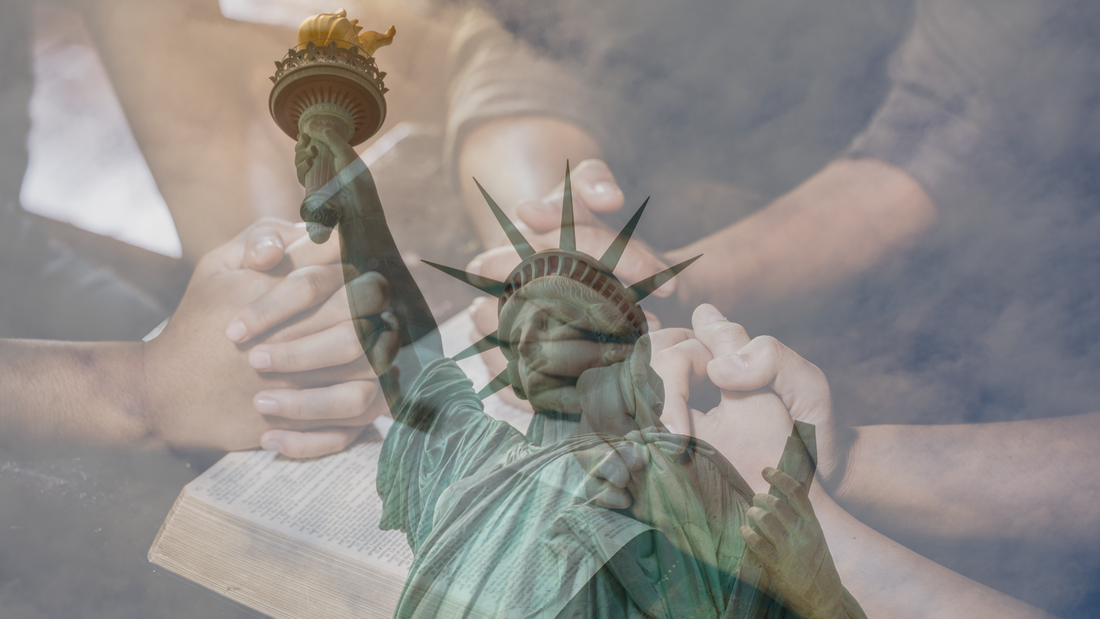|
While the Becket survey shows widespread respect for religious liberty among the American people, the same cannot be said of state leaders.
The Religious Liberty in the States project’s second annual index reveals the distance between citizens’ respect for the free expression of religion and the sometimes outright hostility against it practiced in some states. While we have been pleased by the significant growth in policy areas important to the First Amendment, such as more states adopting school choice and protecting religious charter schools, there is reason to remain concerned about a number of crucial religious liberty issues. Some states like Colorado have tried to block doctors from even discussing methods for reversing a chemical abortion, while others are working to deny parents their religious liberty right to opt their children out of instruction with extreme, ideological takes on family life and sex education topics. This year’s report spotlights exactly where work is needed. Here are a few of the topline findings. The Religious Liberty Index compiles data on fourteen different “safeguards” – key contentious issues where religious liberty is at play (a full list of these safeguards can be found here). These range from issues like the ability of medical practitioners to opt out of providing abortions, to whether a given state has its own RFRA (Religious Freedom Restoration Act). A composite score for each state is then assigned. The Religious Liberty in the States project approaches “religious liberty from the perspective that people of any faith or no faith should be allowed to live in all areas of their lives according to their sincere beliefs.” The results are, contrary to what you might guess, far from a separation of red states from blue states. This year’s top performing state for religious liberty was Illinois, at 85 percent compliance with religious liberty. Next came South Carolina (67 percent), New Mexico (66 percent), Mississippi (64 percent), and Ohio (64 percent). The worst performing states were New York (27 percent), Vermont (26 percent), California (26 percent), New Hampshire (21 percent), and West Virginia (14 percent) at dead last. Each of these bottom performing states scored poorly in every safeguard and made little or no statutory space for religious liberty. We should be careful to not mistake a top performing state for a state that is performing well. Even the top state, Illinois, earned only a “B” grade. If this were a school assignment, then 47 states would have a failing grade. As the report put it, more than half of all states are “doing less than half of what they could be doing.” For some examples of how each state could improve their score, look to the median state, Wisconsin, which currently has no state RFRA on the books. This puts Wisconsin well behind the other 25 states that do have state RFRAs. Wisconsin has passed no laws providing legal exemptions for clergy or religious organizations’ participation in or facilitation of marriage or wedding celebrations that would conflict with the religious beliefs of the person or organization. Low-ranked Colorado has proven to be a battleground for religious liberty this past year. A Catholic healthcare clinic had to sue the state for restricting the ability of physicians to discuss methods for reversing a chemical abortions with patients. Colorado is also being sued for imposing restrictions categorically forbidding all Archdiocesan Catholic preschools from participating in the state’s early childhood education program. It is no surprise, then, that Colorado ranked near the bottom on religious liberty at 41st place. Other states ranked surprisingly. For example, Texas, a state with its own RFRA and with a political disposition friendly to the issues polled by the Religious Liberty in the States project, ranked just beneath Colorado at 42nd place. The Lone Star state lacks laws that allow the refusal by healers of performing medical procedures, with no general conscience provision in healthcare. As the new year gets underway, we look forward to using the data compiled by the Religious Liberty in the States project to further advance the cause of religious freedom across the country. These statistical and analytical tools are indispensable in the struggle to ensure that the First Amendment works for all Americans. Comments are closed.
|
Archives
June 2024
Categories
All
|
ABOUT |
ISSUES |
TAKE ACTION |



 RSS Feed
RSS Feed